I recently found myself standing in a grassy field in Hungary with a sentimental tear rolling down my face. To understand why, you must accompany me on a stroll down memory lane to the summer of 1989.
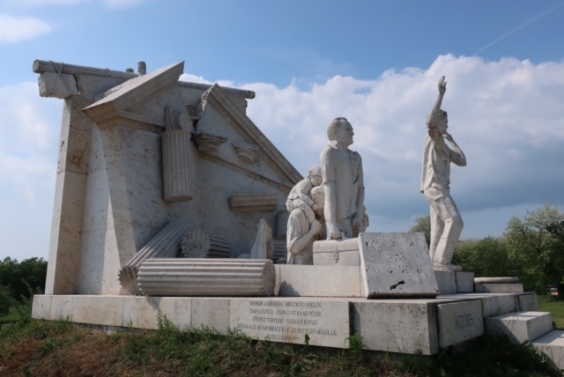
Pan-European Picnic Memorial
When most people think of that remarkable year, they skip straight to November 9, 1989. On that day, people all over the world watched joyously as the Berlin Wall fell, and East Germans crossed into West Berlin to freedom. However, the fall of the Berlin Wall was neither the start nor the end of the process in which communist regimes toppled like dominoes across Eastern Europe.
In the months before the Berlin Wall fell, I was keenly aware of major news stories originating from the “Eastern Bloc” countries. In 1989, I was a 16-year-old high school student living in Las Vegas, Nevada. All children growing up in Las Vegas were raised in the shadow of the Nevada Nuclear Test Site, where American nuclear bombs were tested underground. The Cold War was not an abstract concept to kids in Nevada–we felt the earth shake. I paid attention to the news, because I was hopeful that the world was changing.
On August 19, 1989, a shocking story appeared in the press. Although cries for reform had been building for years, the first breach of the Iron Curtain (the physical and political border between Eastern and Western Europe) occurred near the town of Sopron, Hungary.

Remnant of the Iron Curtain Between Hungary and Austria
A coalition of reformers, both inside and outside the Hungarian and Austrian governments, had planned a 3-hour symbolic opening of the border between East and West. Some brave East Germans decided that the opening would be more than symbolic.
Thousands of people travelled to the site of this event, which was called the “The Pan-European Picnic.” At the picnic, hundreds of East Germans abandoned their cars, made a dash for freedom at the border crossing between Austria and Hungary, and did not come back. The border guards, who normally were under shoot-to-kill orders for illegal border crossings, did not shoot. This first trickle of refugees across the Iron Curtain gradually became the tidal wave that poured through the Berlin Wall on November 9th.
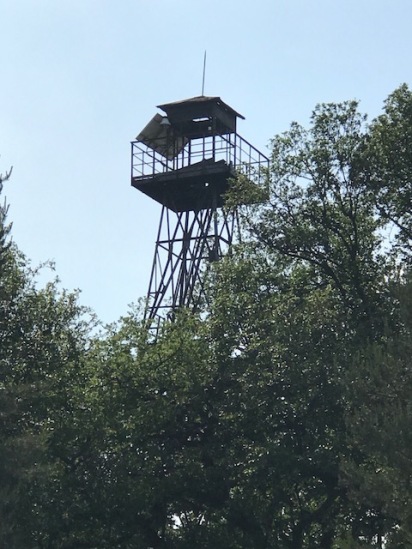
Watch Tower at the Hungarian-Austrian Border
Until a recent trip to Vienna, Austria, I had no idea that you could visit this site. I did not know that a park and a memorial had been dedicated to an event that I followed with awe more than 6,000 miles away and 28 years ago. Thankfully, the Pan-European Picnic Memorial Park came up in my trip research.
The town of Sopron, Hungary, is an easy one hour and twenty-minute train ride from the main train station in Vienna. My husband and I decided that we would tour Sopron, and then travel the seven miles to the Pan-European Picnic Memorial.
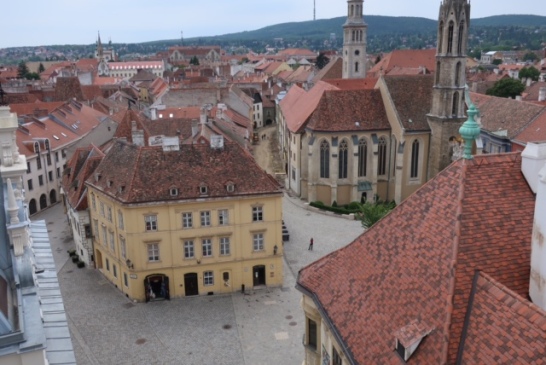
Sopron Historic Center
The historic center of Sopron is both charming and beautiful. There are several sights to see, such as churches, historic homes, and a gorgeous building called the Fire Tower. As far as I could tell, the primary languages spoken in Sopron were Hungarian and German, so English speakers should be prepared with a Hungarian dictionary or a translation app.
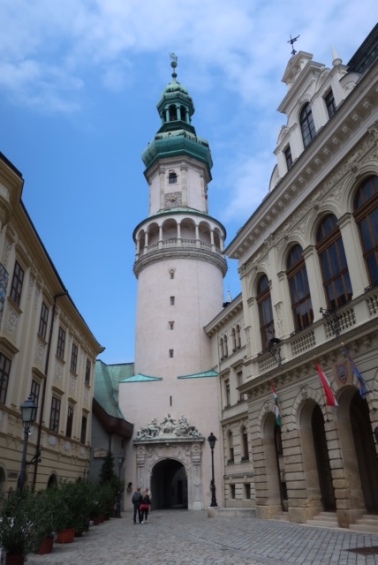
Sopron Fire Tower
I could not find a bus route to the Memorial from Sopron when researching my trip. After making inquiries by e-mail, I received a polite response from the Sopron mayor’s office: “Unfortunately, there are no buses to the Pan-European Picnic Memorial Park still. So your option could be the taxi, renting a car or maybe a bike.”
Upon arrival in Sopron, a delightful woman in the Tourist Information Office arranged for a taxi to pick us up after lunch. Knowing that transportation options were limited, we asked the taxi driver to wait for us while we visited the memorial, and we agreed on a price for this service in advance. He parked in a lot across from the park, and my husband and I had the site to ourselves.
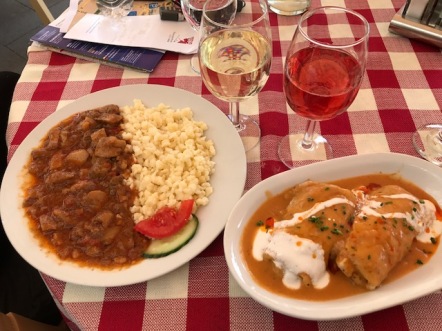
Day Trip to Hungary Bonus: A Delicious Hungarian Lunch
I had read in advance that the memorial was “nothing special” and “not very interesting.” Whoever wrote that was wrong. The park was fascinating. It consisted of a sinister-looking watch tower and sections of barbed-wire fencing, which had been electrified in the past. A trail wraps around the park, and placards explain in the detail the events of August 19, 1989.
The highlight of the memorial is a powerful sculpture dedicated to the Pan-European Picnic. Very roughly translated, a dedication on the sculpture reads, “On 19 August 1989 an oppressed people opened the door of their prison to help another subjugated people.”
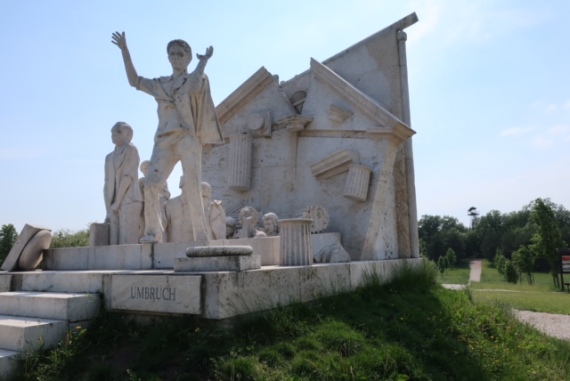
Pan-European Picnic Memorial
In 2017, I have been deeply disheartened by talk of building walls, banning freedom seekers, and dismantling a common Europe. Imagine, then, standing for a peaceful moment in this silent field at the Hungarian border. I found happiness and much-needed inspiration in a memorial celebrating the breaking down of barriers; acts of personal and group courage; and the passionate belief that tomorrow can be better than today.
For additional travel information on Austria, please see:
Books! A Reading List for Austria
Salzburg: A Sound of Music Bicycle Tour
